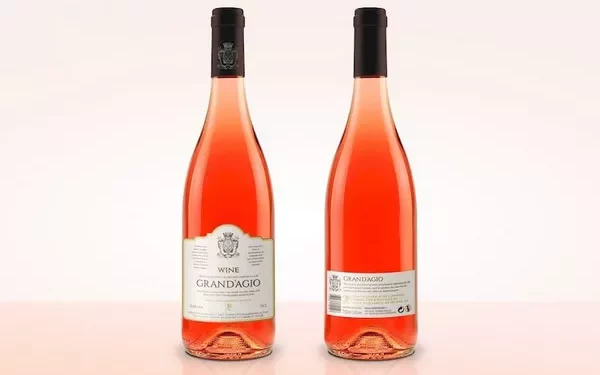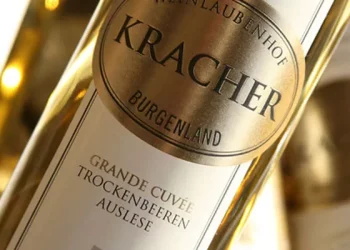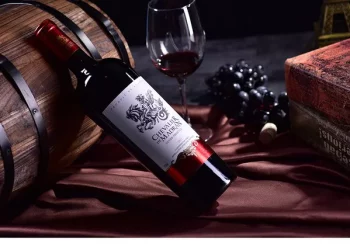Late-harvest Sweet Wine and Icewine typically come in 375-milliliter packs, so the two wines can’t be distinguished from each other on the outside.
Even after opening the bottle, pouring the two wines into the glass and analyzing them through the steps of looking at the color, smelling the smell and tasting, many people still cannot tell the difference.
Because these two kinds of wine color (the same as white or red under the case) is very similar, drinking temperature is 7-8¡æ, and the taste is relatively sweet, the difference is only the degree of sweetness is different.
The price of ice wine is much higher than that of a regular late-harvest dessert wine.
What’s the difference between them?
Late harvest dessert wine is a sweet late harvest wine.
The so-called “late harvest wine”, usually refers to the normal ripening of the grapes, the grapes are still left on the vine, after a period of time, the fruit further complete the concentration of sugar, the formation of a special aroma, then harvest, with this raw material made wine.
A dry late-harvest wine can also be made if the winemaker stops fermentation after the sugars have been fully alcoholic.
Sweet wines, on the other hand, stop fermentation after the sugar part of the alcohol has fermented.
Late Harvest wines are often labeled “Late Harvest/Vendange Tartive.”
Ice wine is a sweet wine made from ice grapes, which only tastes sweet.
Ice grapes must be harvested between -7 ¡æ and -8 ¡æ, when the whole vineyard is covered with snow and the vines are covered with thick frost.
Due to the strict production requirements of ice wine, real ice wine is very rare and comes mostly from cooler climates such as Germany and Canada.
The style of ice wine is outstanding, with a smooth, sweet and mellow taste, often with ripe pear, peach, mango, almond and flower aromas. There are slight differences in flavor depending on the origin, grape variety and brewing process.
Due to its high sweetness, moderate acidity, strong aroma and low alcohol content, ice wine can be paired with desserts such as fresh fruits, cheeses and cakes.
Currently, late harvest dessert wines come mostly from France’s Loire Valley, Alsace, Germany and many wine regions in the New World.
In addition to the special aroma of grape variety, late harvest dessert wine also has the special aroma of ripe cantaloupe, jam and peach.
Ice wines are more expensive to produce than late-harvest dessert wines because they are more expensive, purer and less productive.
The latest market dynamics at any time to see, please pay attention to.












































